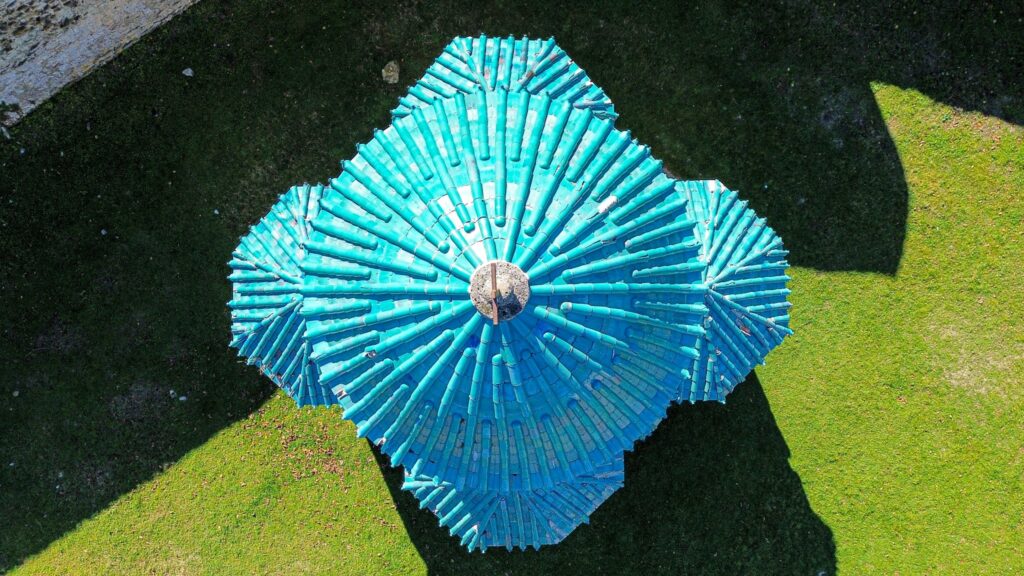
History of the fortress-city of kvetera
The name of Kvetera first appears in historical sources in the 11th century, though according to the research of royal prince Vakhushti Batonishvili, it is supposed that its development began in the 8th century. Accordingly, in the years 1010-1037, when the Kingdom of Kakhet-Hereti was divided into seven duchies, Kvetera had already established itself as a key regional center. Perched atop an inaccessible mountain peak on the right bank of the Ilto River, Kvetera was a vantage point from where the roads between the Alazani Valley and the mountainous regions could be surveyed and fully controlled. This advantageous geographic positioning granted the fortress city significant strategic value, allowing it to absorb sudden attacks from the north and shield the inner regions from imminent threats. Such strategic importance gradually transformed Kvetera into one of the foremost centers of the Kakheti principality (later kingdom). The grand ruins of Kvetera, spread across the mountainside, are surrounded by a defensive wall built with river stones and rock face-stones, strengthened with buttresses, and complemented by round and square towers and wooden battle platforms. The entire fortress-city is divided into the lower and inner citadels, with vertical difference of 35 meters between them. The citadel, occupying the highest fortified area, spans approximately 3500 square meters and houses a palace, a hall church, utility rooms, and the remnants of a water reservoir. At its centre, on a vast field, stands with monumental grandeur the heart of Kvetera – a 10th century miniature domed church that remains a unique masterpiece of Georgian culture. The small church’s layout forms a cross with four apses, crowned by a dome with six arched windows carved in close sequence around. The unknown medieval architect employes minimal decoration, favoring a pure simplicity and a minimalist style, yet achieves an exceptional aesthetic effect through the interplay of light and bare structure. The yellowish limestone walls, topped with a turquoise-glazed tile roof, make Kvetera’s church a perfect harmony of stone that has withstood the centuries. In 1968, archaeological excavations at Kvetera uncovered not only the main historical, cultural, and military heritage but also numerous glass vessels, glazed tiles, fragments of faience, bracelets, copper coins, and pottery-related artifacts, all suggesting that Kvetera had its own pottery production during the Middle Ages. After the 13th century, traces of urban life in Kvetera began to disappear and references to the city in later historical records are sparse. However, during the centuries when Kvetera thrived, the pulse of the kingdom beat strongest within its walls, shaping the region’s historical, cultural, military, and economic legacy.